29 extremely helpful tips for solo travel in Tokyo, Japan
Glad you are planning a solo travel in Tokyo! Here are my golden tips for navigating this big city, from 10 years of traveling in and out of Tokyo.
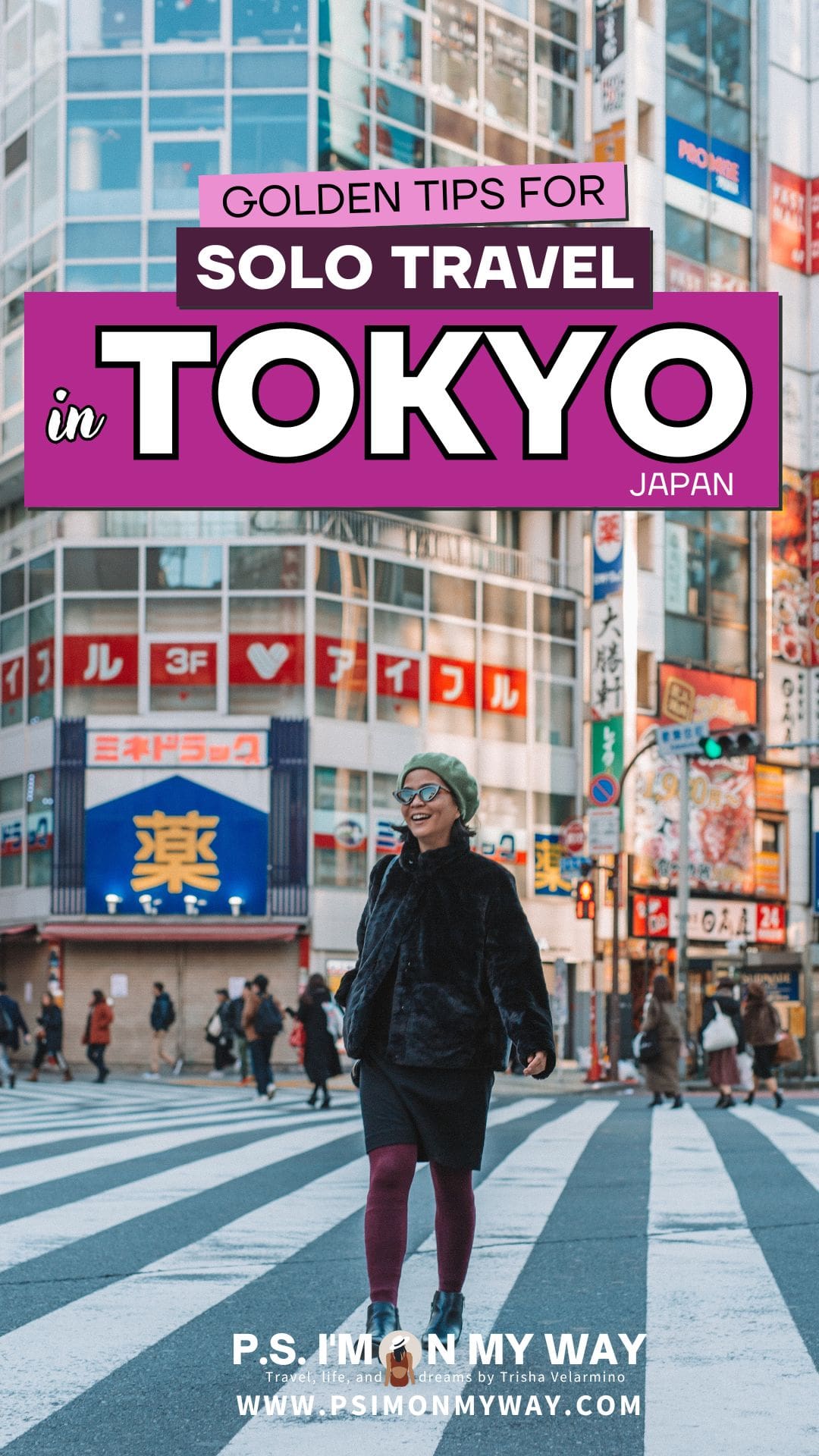


Let me help you plan your trip! I’ve been giving expert and genuine advice to solo travelers and digital nomads for the last 15 years. You choose the destination and I will answer all your questions! [ Talk to Trisha ]
1. Solo travel in Tokyo is extremely safe!
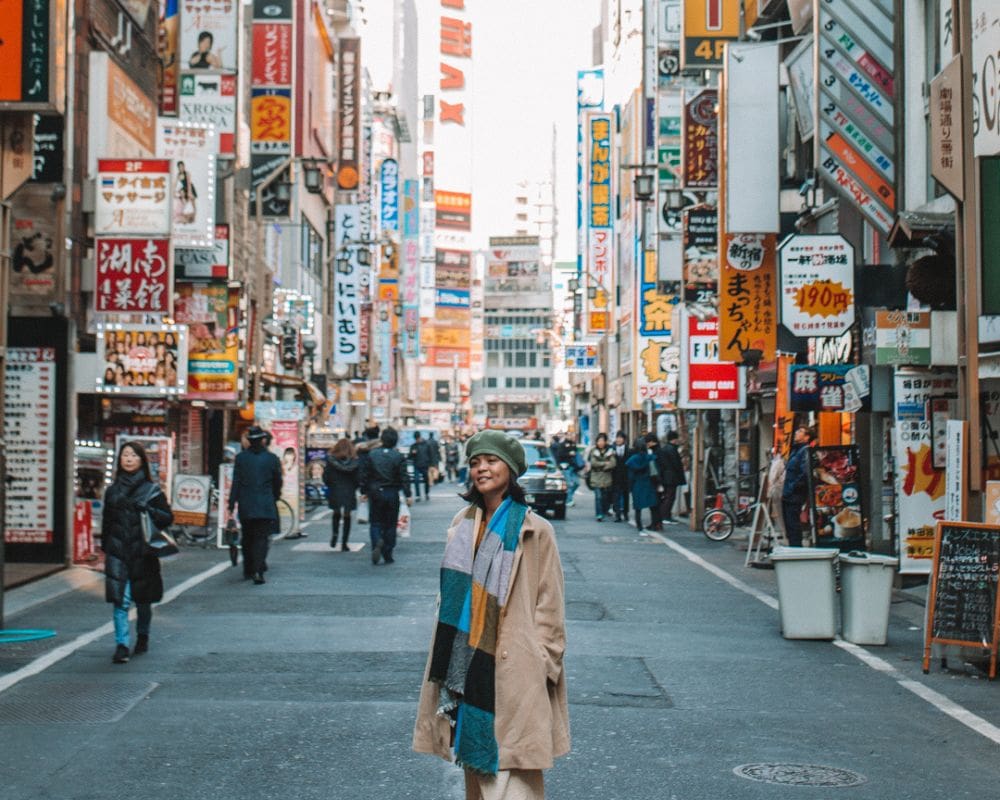

Solo travel in Tokyo is remarkably safe, making it one of the top destinations for solo adventurers seeking both urban exploration and cultural immersion. Tokyo consistently ranks first (literally #1!) safest cities in the world.
Public spaces are clean, well-lit, and always bustling, providing a secure environment at any time of the day. The Japanese culture of respect and politeness further contributes to this sense of safety, with locals often willing to help lost or confused travelers.
While Tokyo is safe, standard travel precautions apply: be aware of your belongings, especially in crowded areas like train stations and popular tourist spots, and stay informed about local customs and etiquette to avoid unintentional disrespect.
Emergency services are responsive, and there are numerous tourist police stations and help centers that cater specifically to the needs of visitors.
2. The best place for nightlife in Tokyo is Golden Gai
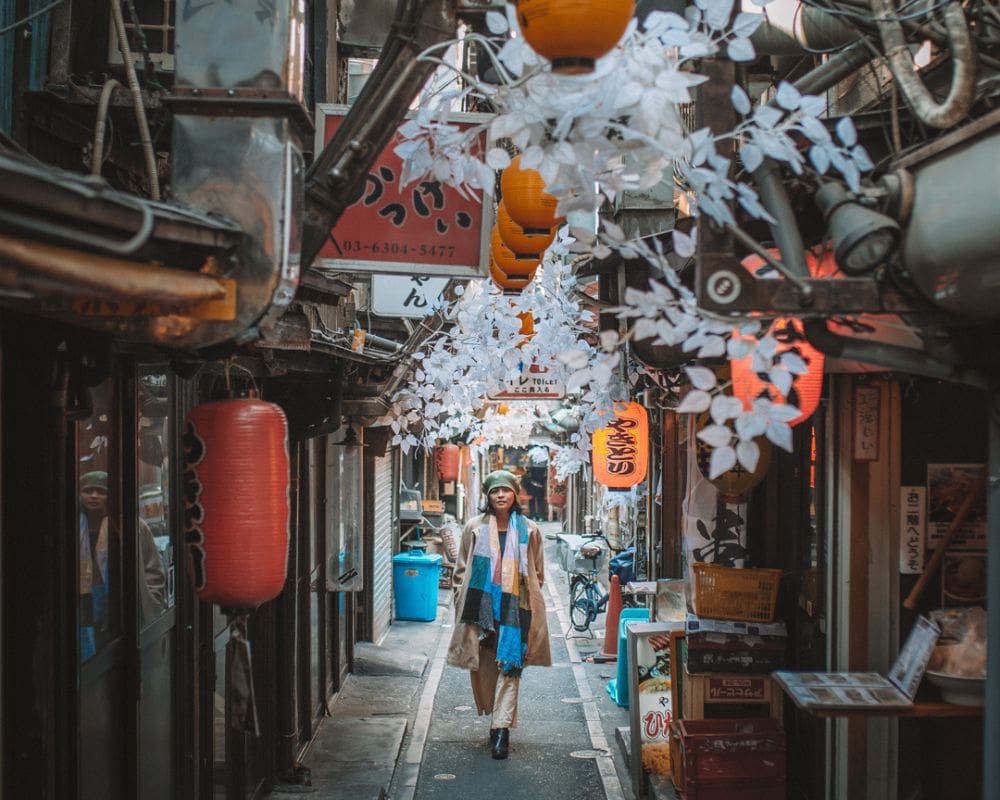

Tokyo’s nightlife in Golden Gai is a must for solo travel in Tokyo. Golden Gai, nestled in the heart of Shinjuku, is a warren of narrow alleys lined with over 200 tiny bars, each with its own theme and character, catering to a diverse crowd.
This area embodies the charm of old Tokyo, with many bars seating only a handful of patrons, providing a rare opportunity for solo travelers to engage in meaningful conversations with locals and fellow travelers alike.
The allure of Golden Gai for solo travelers lies in its welcoming atmosphere, where the compact size of the establishments breaks down barriers, making it easier to interact and share stories.
Each bar in Golden Gai has a distinct personality, whether it’s dedicated to punk rock, cinema, vintage Showa-era decor, or offering a selection of rare whiskeys.
Exploring Golden Gai also offers a safe and immersive way to enjoy Tokyo’s nightlife, as the area is well-regarded for its friendly environment and respect for patrons.
3. Pasmo or Suica Card is essential for solo travel in Tokyo
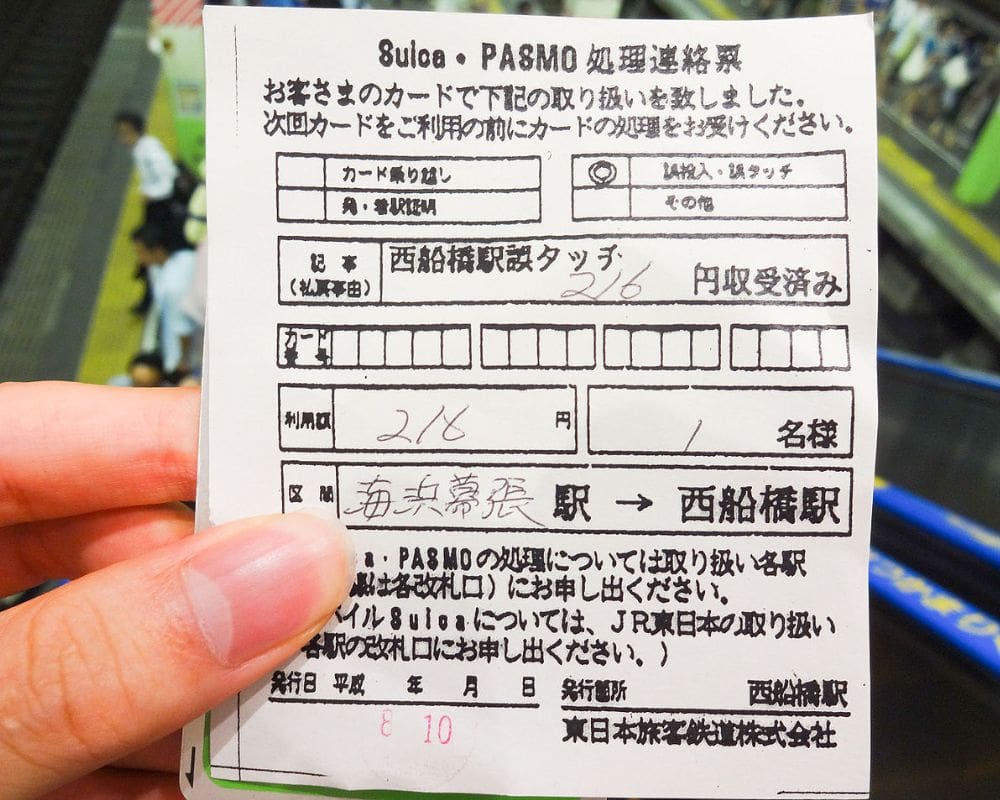

For solo travel in Tokyo, having a Pasmo or Suica card is indispensable. These smart cards streamline your journey across the city, allowing for seamless transitions between various modes of public transport, including buses, trains, and even some taxis.
The convenience of not having to purchase individual tickets for each ride not only saves time but also spares you the hassle of navigating ticket machines and fare adjustments, especially when language barriers come into play.
These cards are rechargeable and refundable, making them a flexible option for managing travel expenses. They extend their utility beyond transportation; you can use them to make purchases at convenience stores, vending machines, and even some restaurants.
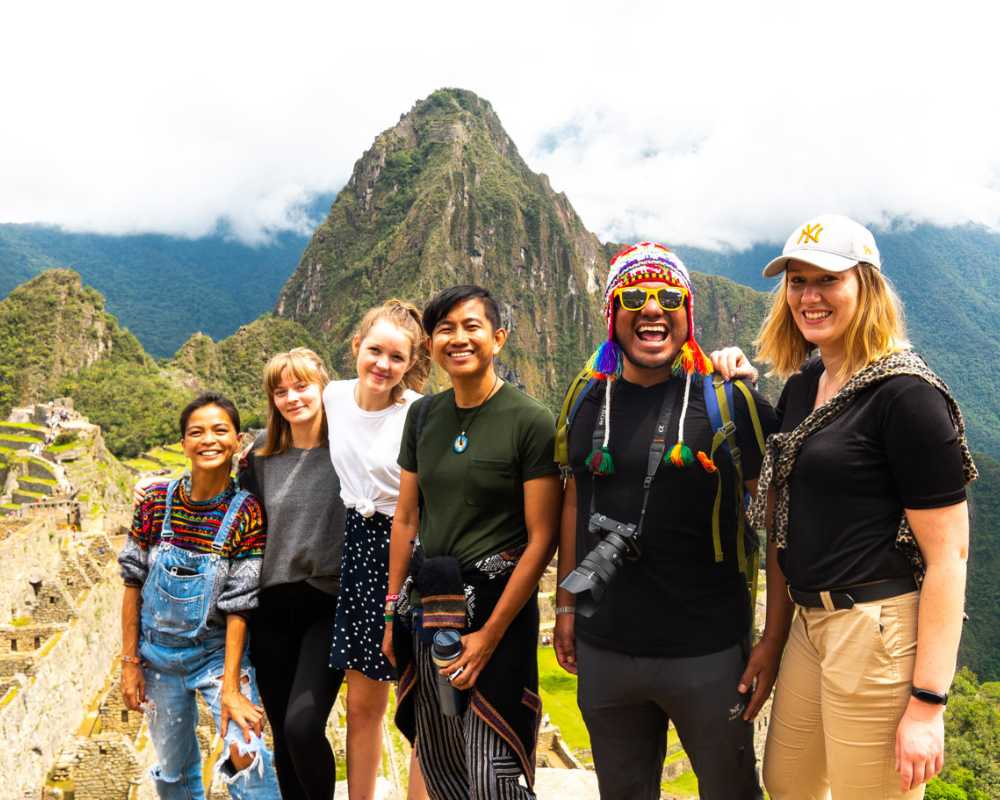

Scared to travel alone? Why not join my trips?
Change the way you travel and spend your money on trips that matter – trips that you will never forget. My group trips are highly focused on responsible travel, supporting local communities, and avoiding the obligatory touristic circuit.
4. Tokyo is pedestrian-friendly!
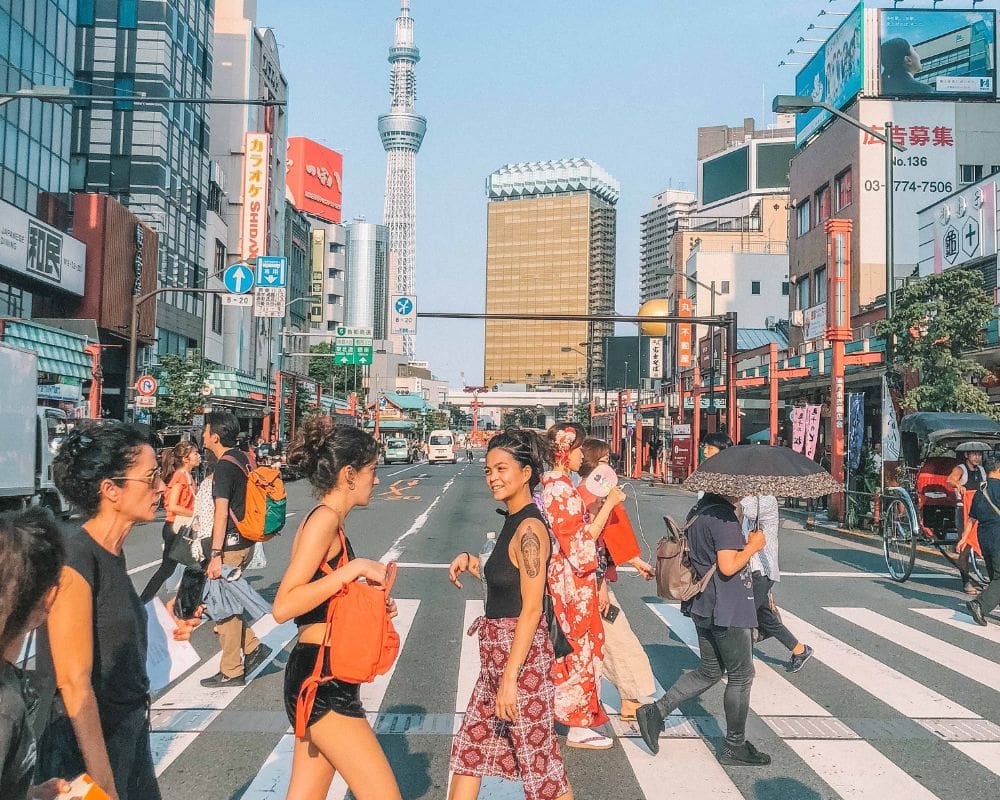

Tokyo’s pedestrian-friendly nature greatly enhances the experience of solo travel in Tokyo, offering a safe and enjoyable way to explore the city’s diverse neighborhoods. The city is equipped with extensive sidewalks, pedestrian zones, and well-marked crosswalks, ensuring safe passage for walkers.
Additionally, Tokyo boasts an impressive array of pedestrian-only streets, particularly in shopping and entertainment districts like Ginza and Akihabara, where you can wander without worry of vehicular traffic.
5. The best time for solo travel in Tokyo is during cherry blossoms
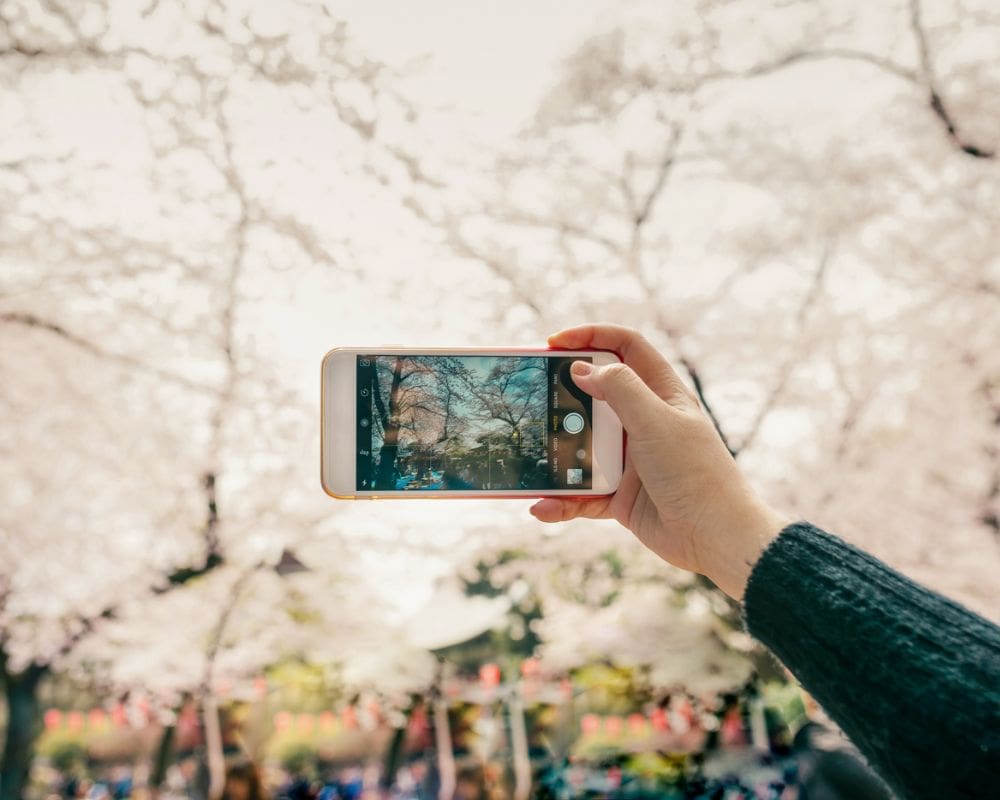

Visiting Tokyo during the cherry blossom season is a magical experience, especially for solo travel in Tokyo. The city transforms under a canopy of pink and white, with numerous spots to enjoy the fleeting beauty of sakura.
This period, typically from late March to early April, symbolizes renewal and is celebrated across the city with hanami (flower viewing) parties in parks, gardens, and along riverbanks.
For solo travelers, this season offers a unique opportunity to partake in a deeply cherished cultural tradition. If you want to join me, I host solo travelers for a group trip in Tokyo Cherry Blossom!
6. Eat at konbinis to save money
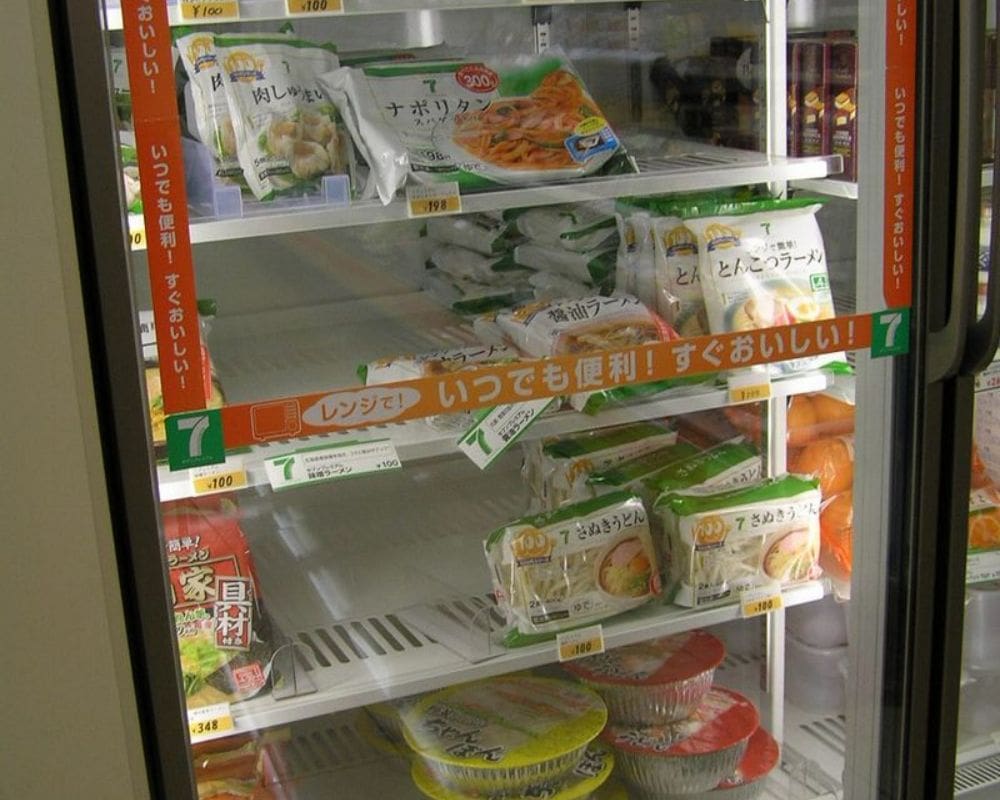

Eating at convenience stores, or ‘konbini’, is an essential aspect of solo travel in Tokyo. Konbinis offer a surprising variety of high-quality, affordable food options that cater to a range of tastes and dietary needs, making them a godsend for solo travelers on a budget or in need of a quick meal.
From sushi and bento boxes to sandwiches and salads, the selection is not only convenient but also reflects the local cuisine, providing an authentic taste of Japan without the need for a restaurant setting.
Konbini is ubiquitous throughout Tokyo, open 24/7, ensuring you can have food no matter the time of day or night.
7. Conveyor Belt Sushi restaurants (kaiten-zushi) are great for dining alone


Conveyor belt sushi restaurants are a quintessential dining experience for solo travel in Tokyo. These establishments, known as kaiten-zushi, offer a casual and welcoming atmosphere where you can comfortably dine alone, sitting at the counter and picking dishes as they pass by on the conveyor belt.
This setup eliminates the need for ordering from a menu, making it ideal for those who may face language barriers. Additionally, the clear pricing system, typically indicated by the color of the plate, allows for easy budget management.
You can different types of sushi at your own pace, making it a flexible dining option that caters to individual preferences and time constraints.
Kaiten-zushi offers a unique insight into the local food culture, providing an authentic experience where solo travelers can observe the bustling energy of Tokyo’s culinary scene.
8. Stay in capsule hotels!


Capsule hotels in Tokyo offer a unique and cost-effective accommodation option for solo travel in Tokyo. These hotels provide a compact, futuristic sleeping pod, sufficient for one person. This shows the efficiency and minimalism characteristic of Japanese design!
The communal areas, such as bathrooms, lounges, and sometimes kitchens, offer opportunities to meet other travelers, making it a sociable choice for those traveling to Tokyo solo.
Additionally, many capsule hotels are strategically located near major transit hubs and popular districts, providing easy access to explore Tokyo by yourself.
The privacy and security of individual pods cater to those who prioritize personal space and safety, two important considerations for solo travel in Tokyo!
9. Shinjuku is the coolest place to stay in Toky for solo travelers!
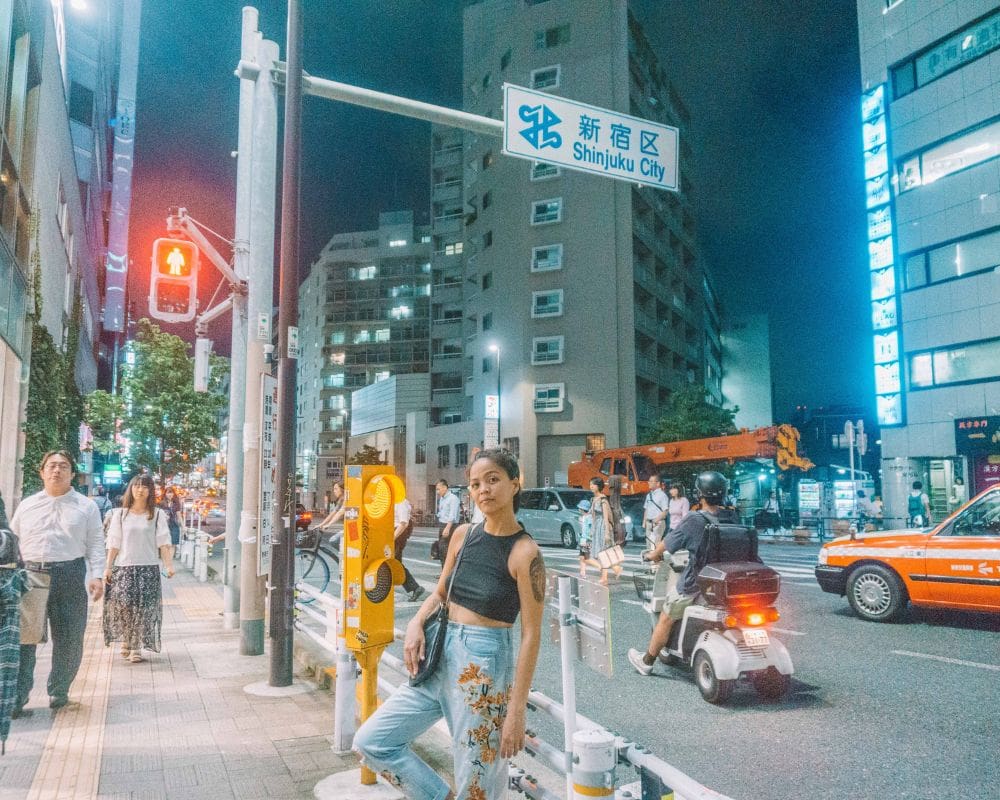

Shinjuku, with its dazzling neon lights and ceaseless energy, stands out as an exhilarating base for solo travel in Tokyo. This district offers an immersive dive into Tokyo’s multifaceted personality, combining skyscrapers, bustling shopping streets, and vibrant nightlife.
For solo travelers, Shinjuku’s diverse array of attractions means you’re never far from the main attractions and landmarks.
Accommodation options are plentiful, catering to every budget, from luxury hotels to capsule hostels, ensuring solo travelers can find a comfortable place to stay.
10. Print or write your hotel address in Japanese


Printing your hotel address in Japanese is a practical tip for solo travel in Tokyo. Despite Tokyo’s cosmopolitan nature, not everyone is fluent in English, and having your destination written in the local script can bridge the language gap, especially with taxi drivers, local shopkeepers, or when asking for directions on the street.
Many buildings in Tokyo, including hotels, do not have prominent English signage, making it challenging to identify your destination even if you’re in the right area. A written address in Japanese can be shown to passersby or used with a map to navigate the densely packed streets and complex address system of Tokyo.
11. Tokyo trains stop at midnight. Avoid getting stranded!


For solo travel in Tokyo, it’s crucial to know that most trains and subways start wrapping up services around midnight and resume operations around 5:00 AM. This schedule can slightly vary depending on the line and station, with the last trains departing between 12:00 AM and 1:00 AM.
Planning your adventures with this timetable in mind is essential to avoid being stranded or having to opt for more expensive late-night transportation options, such as taxis.
Make sure you know the last train times for your route, especially if you plan to stay out late. This is always an issue for first-time solo travelers in Tokyo as they get stranded (including me) after midnight with no choice but to take the super expensive taxi.
12. Use day passes in trains


The Tokyo Subway 24-hour, 48-hour, and 72-hour unlimited travel tickets is a strategic move for solo travel in Tokyo, especially if you want to keep your transportation costs low.
These tickets offer unlimited access to the Tokyo Metro and Toei Subway lines, which cover most areas of interest across the city, from historical sites and cultural attractions to shopping districts and dining areas.
You can purchase these tickets as soon as you arrive at Narita Airport. Many kiosks sell the Tokyo Subway Tickets. You may also purchase beforehand on this website but it only allows purchase if you are outside Japan.
Here are the prices for the subway tickets in US dollars:
- 24 hours: $6
- 48 hours: $8
- 72 hours: $10
13. You can drink tap water in Tokyo (use MyMizu app)
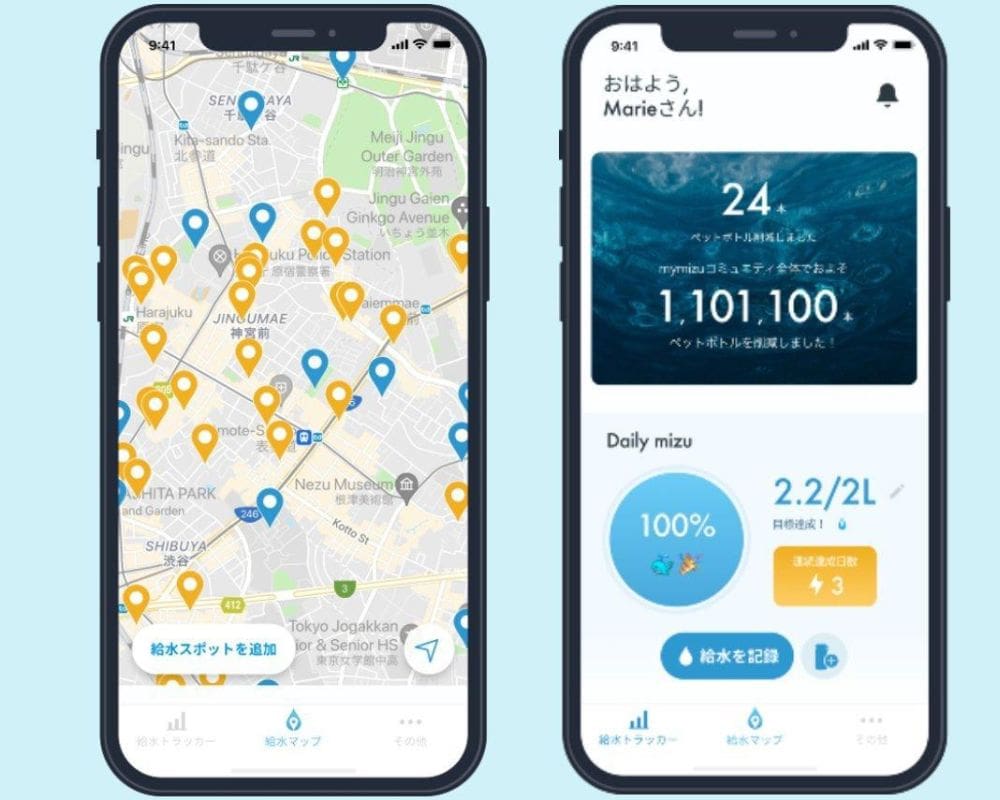

Drinking tap water is perfectly safe for solo travel in Tokyo, and it adheres to strict quality standards ensuring its safety and cleanliness. The city’s tap water undergoes rigorous purification processes and is regularly tested to meet international safety standards.
This makes it as safe as bottled water. This not only offers a convenient and cost-effective way to stay hydrated as you explore the bustling city but also reduces the environmental impact associated with purchasing single-use plastic bottles.
Carrying a reusable water bottle and refilling it throughout the day from taps in your accommodation, public restrooms, or drinking fountains found in parks and public spaces is a practical tip.
The taste of Tokyo’s tap water is generally neutral and pleasant, lacking the heavy chlorination found in some cities, making it palatable for drinking and cooking.
14. Try Ramen in Shinjuku’s famous Ramen Alley
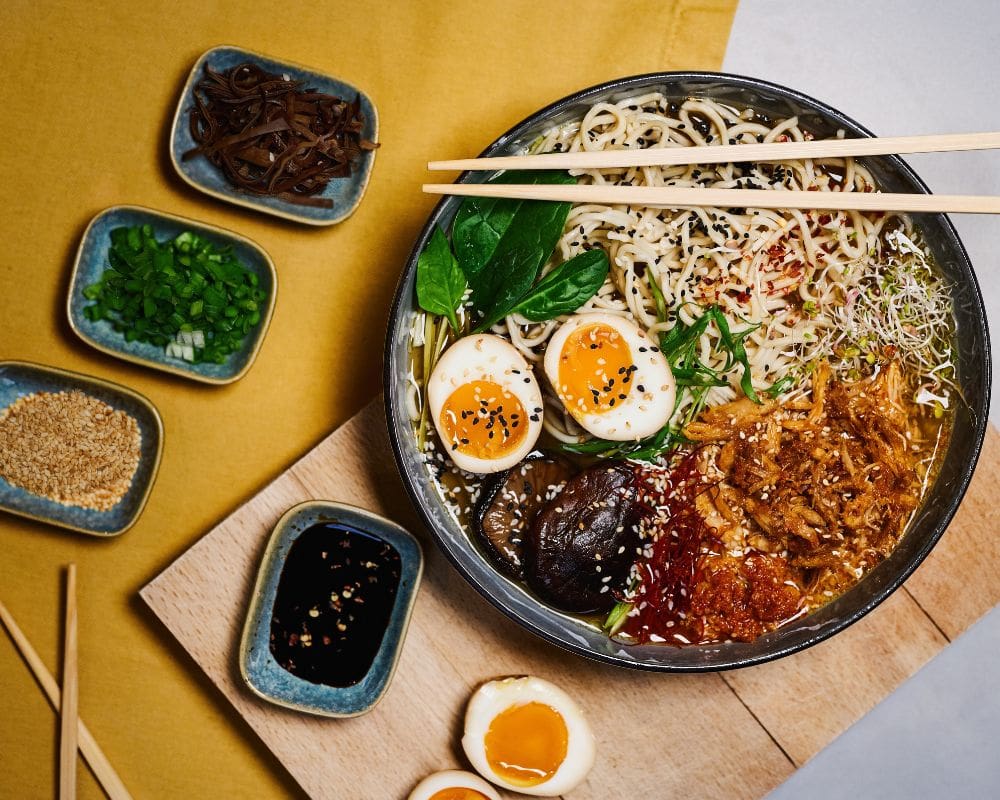

Shinjuku’s famous Ramen Alley is a culinary adventure that solo travel in Tokyo should definitely include.
From rich, pork-based tonkotsu broth to the soy-infused shoyu variety, the diversity of flavors available allows you to explore the depth of Japan’s ramen culture in one convenient location.
For solo travelers, the intimate setting of these ramen shops, often with counter seating facing the kitchen, provides a unique dining experience where you can watch chefs at work, preparing steaming bowls of ramen with precision and flair.
This setup not only makes for a memorable meal but also eases the intimidation of dining alone, as you’re seated among locals and fellow ramen enthusiasts, all there to savor the comforting embrace of a delicious ramen bowl.
Additionally, Shinjuku’s Ramen Alley is perfect for those looking to dive into Tokyo’s food scene without the need for extensive Japanese language skills. Menus are often displayed with pictures or in English, making it easy to order.
15. Tokyo has Uber but it is slightly different
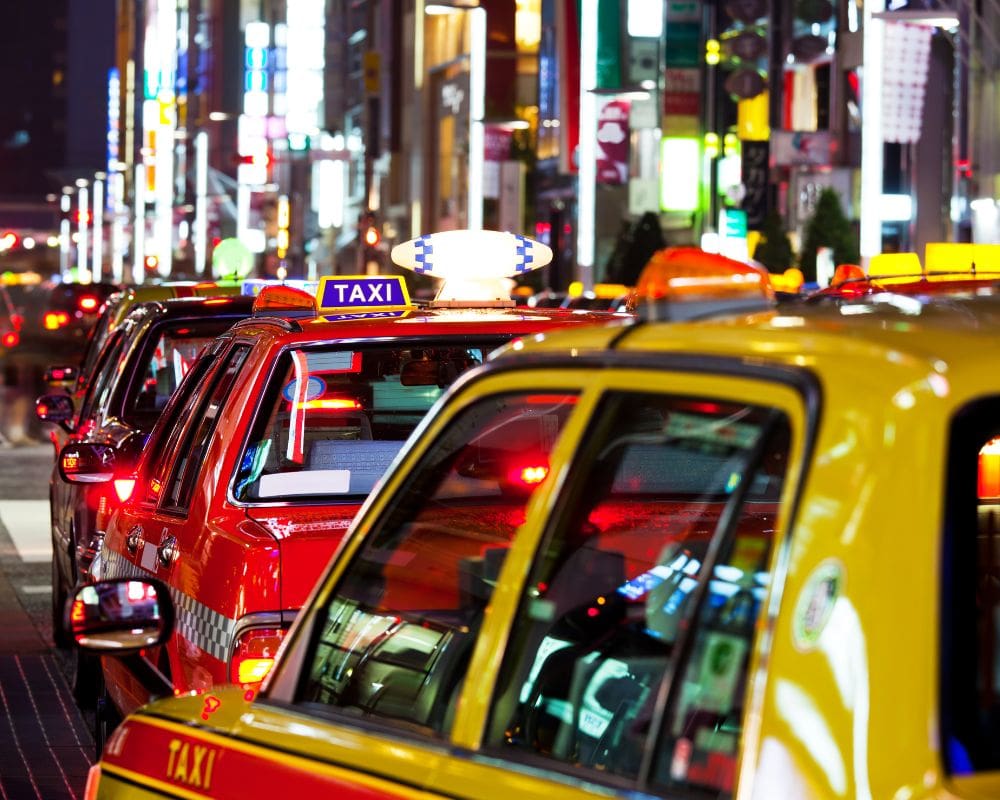

Yes, you can use Uber in Tokyo, but it’s worth noting that the service operates differently compared to many other cities around the world.
For solo travel in Tokyo, Uber primarily offers premium and luxury car services rather than the standard rideshare options found in other countries. This means that using Uber can be more expensive than traditional taxis or public transportation options available in Tokyo.
It’s particularly useful if you’re unfamiliar with the local language, as the app allows you to input your destination without having to communicate it verbally, minimizing potential miscommunications.
Using the app JapanTaxi is better than Uber. This is where you’ll find cheaper and local taxi services in Tokyo.
16. Tokyo boasts numerous 24-hour restaurants
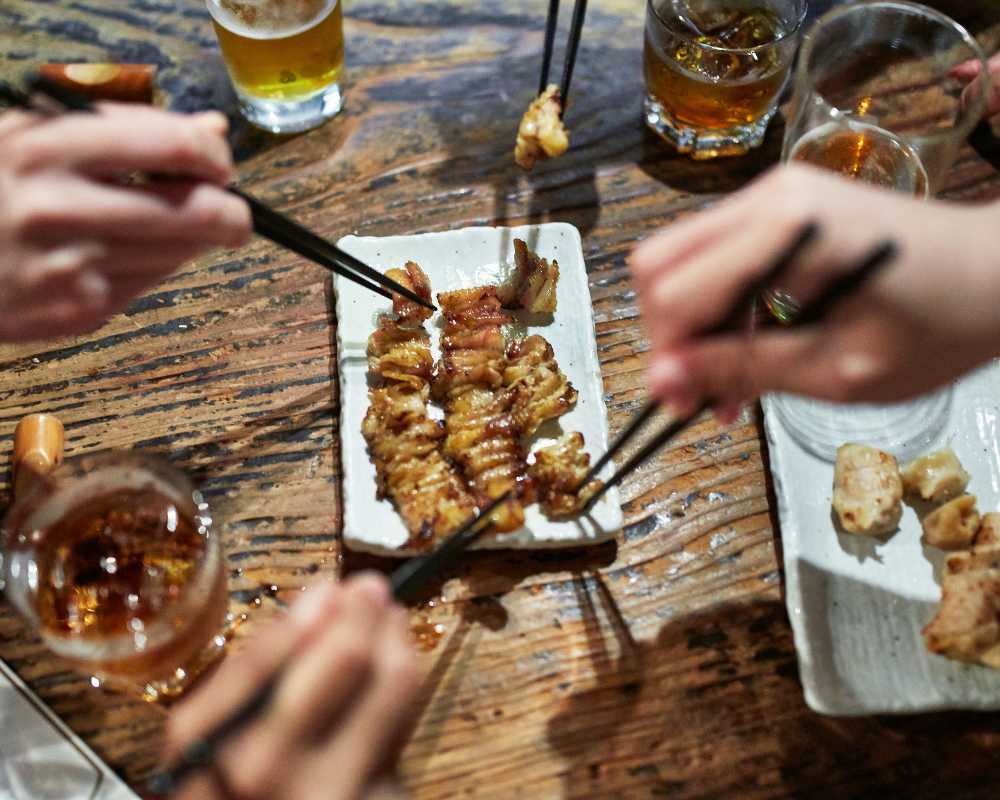

One of the delights of solo travel in Tokyo is the city’s abundance of 24-hour restaurants, offering a unique dining experience at any hour, perfect for the flexible schedules that solo adventurers often enjoy.
These establishments range from traditional ramen joints to modern cafes, ensuring that no matter where your explorations in Tokyo take you or when hunger strikes, a meal is always within reach.
It’s also a safe and welcoming option for solo diners, as many of these places are accustomed to individuals enjoying a meal alone, reflecting the city’s inclusive approach to dining culture.
17. Avoid talking loudly on public transportation


When embarking on solo travel in Tokyo, a key aspect of this is to maintain a low volume during conversations on public transportation. Tokyo’s trains and buses are marvels of efficiency and punctuality, often serving as quiet refuges for commuters who use this time to rest, read, or work.
Unlike in many other cities, where lively chatter is common, in Tokyo, the collective quiet is a shared responsibility, fostering a peaceful environment for all passengers.
This practice not only shows consideration for others but also allows you to observe and appreciate the calmness and order that define Tokyo’s public life. As a solo traveler, adopting this behavior can help you blend in more seamlessly with the locals.
18. Cash is still king in Tokyo
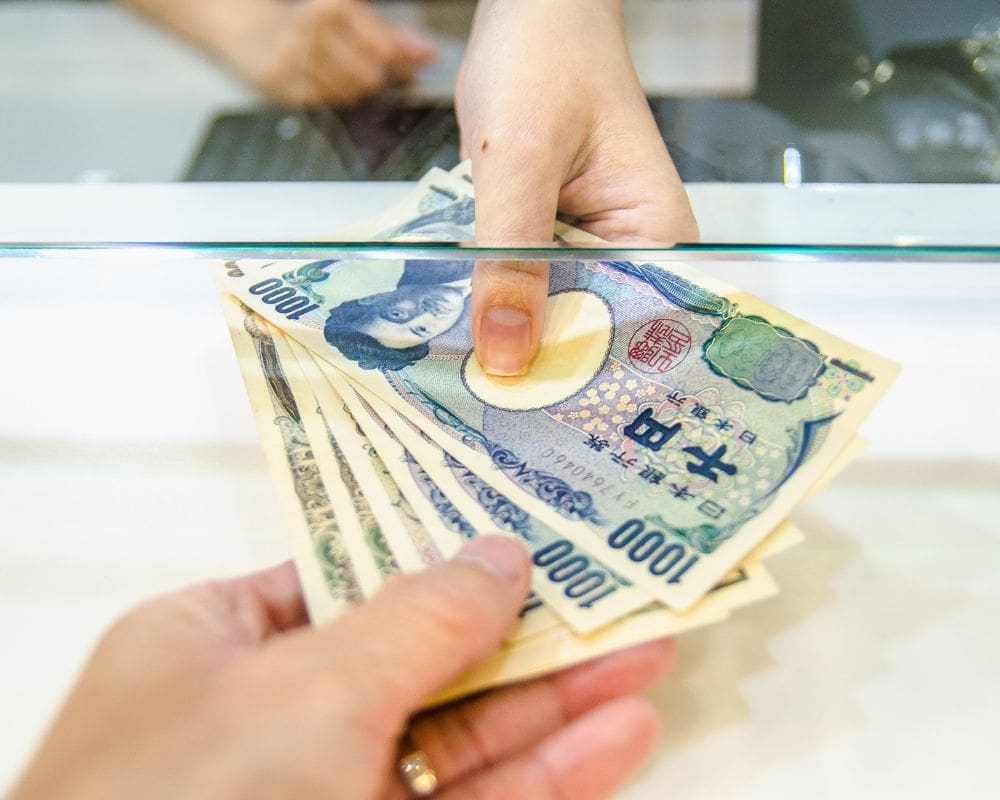

A crucial tip for those on a solo travel in Tokyo is to always carry cash. Despite its reputation as a technologically advanced metropolis, many of Tokyo’s smaller shops, eateries, and even some temples do not accept credit cards.
When withdrawing cash in ATMs in Tokyo, note that there is a 500,000 yen ($3,600 USD) daily withdrawal limit, which is higher compared to other cities in Asia.
19. Shop in Tokyo’s 99 yen shops


For those embarking on solo travel in Tokyo, discovering the city’s 100-yen shops presents a delightful and budget-friendly shopping experience. These stores are treasure troves for finding both souvenirs and everyday essentials at the remarkable price of just 100 yen ($0.65 USD).
You will find EVERYTHING in these shops, from traditional Japanese ceramics that can serve as elegant gifts, to quirky stationery. 100-yen shops are located throughout Tokyo and the most famous chain is called Can*Do.
In case you forgot something like toothbrush, sopa dispensers, toiletry bag, etc, this is where you shop for your travel essentials!
20. English is NOT widely spoken in Tokyo


Solo travel in Tokyo is particularly challenging for some because English is not widely spoken in Tokyo. In popular tourist areas like Shibuya, Shinjuku, and Asakusa, you’re likely to find English-speaking staff in hotels, restaurants, and major attractions. Signs and menus may also have English translations.
Tokyo’s train and subway stations often have signs and announcements in English, making it easy to use public transportation. Ticket machines and staff at major stations usually understand essential English phrases.
Learning a few Japanese phrases, such as greetings and common questions, can go a long way in enhancing your travel experience and communicating with locals.
While English proficiency is not universal in Tokyo, the city is welcoming to tourists, and many locals will make an effort to assist you, even if their English is limited.
21. Tokyo is a big city


Tokyo, the bustling capital of Japan, is expansive, making it a fascinating destination for solo travel in Tokyo. Covering an area of about 2,194 square kilometers (847 square miles), it’s one of the largest and most densely populated cities in the world.
The metropolis is a blend of tightly packed residential areas, sprawling business districts, vast shopping centers, and serene parks, each offering a unique slice of Tokyo life.
For solo travelers, navigating Tokyo’s vastness is made accessible by its world-class public transportation system, including an extensive network of trains, subways, and buses that connect all corners of the city.
Despite its size, Tokyo’s efficient transport and the organization of its districts into distinct neighborhoods make it manageable and surprisingly easy to explore.
22. Don’t eat and drink while walking
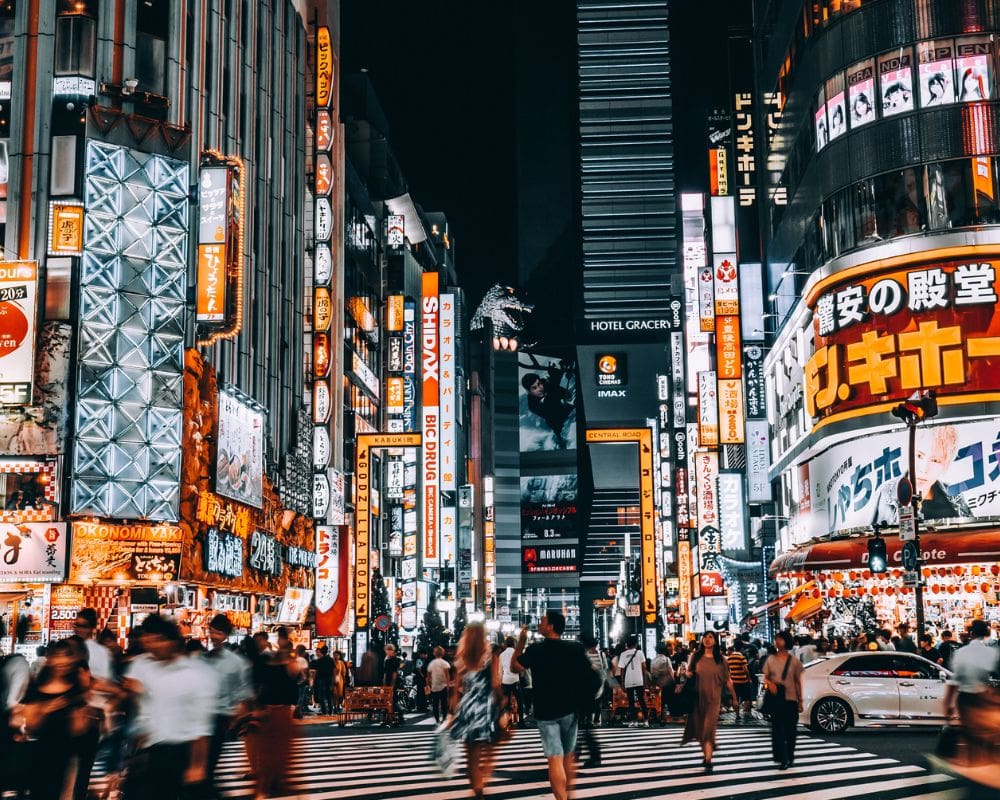

A valuable tip for solo travel in Tokyo is to refrain from eating or drinking while walking in public places.
Tokyo is known for its immaculate streets and public spaces. Eating or drinking while walking can lead to littering, which is considered impolite and disrespectful in Japanese culture.
In Japan, eating is a sacred ritual. They are not like us in North America who walk around with takeaway coffee or sandwiches. They sit down and take their time to enjoy their meals. It is strange for them to see foreigners walking or drinking while walking.
Tokyo provides designated areas like parks and benches for picnics or outdoor dining. If you find yourself having to do takeaway, find the nearest park and sit down.
22. Day trips from Tokyo are super easy!


Solo travel in Tokyo opens up a gateway to exploring much of Japan with remarkable ease, thanks to the city’s strategic location and exceptional public transportation network.
Tokyo serves as a central hub from which solo adventurers can embark on day trips to a variety of other cities and attractions.
The efficient Shinkansen (bullet train) can whisk you to further destinations such as Kyoto and Osaka in just a few hours, making even more distant explorations feasible within a day.
Additionally, the Japan Rail Pass is particularly cost-effective, offering unlimited access to a wide range of trains including the Shinkansen. This is particularly a great solo travel in Tokyo feature as you don’t need to relocate or pack for overnight stays.
23. Queue up for trains and buses in an orderly fashion


For solo travel in Tokyo, it is important to know that queuing up in an orderly fashion for trains and buses is not just a courtesy—it’s an essential part of navigating the city like a local.
Tokyo’s public transportation system is known for its punctuality, efficiency, and the disciplined manner in which passengers board and alight. Markings on the platform floors indicate where to stand, ensuring that queues form neatly and that everyone boards in a calm and organized way.
This practice greatly contributes to the smooth flow of the massive number of commuters, especially during rush hours. You will see many people in the station all the time but you will also notice how organized everyone is.
24. Download Yurekuru Call app for earthquakes
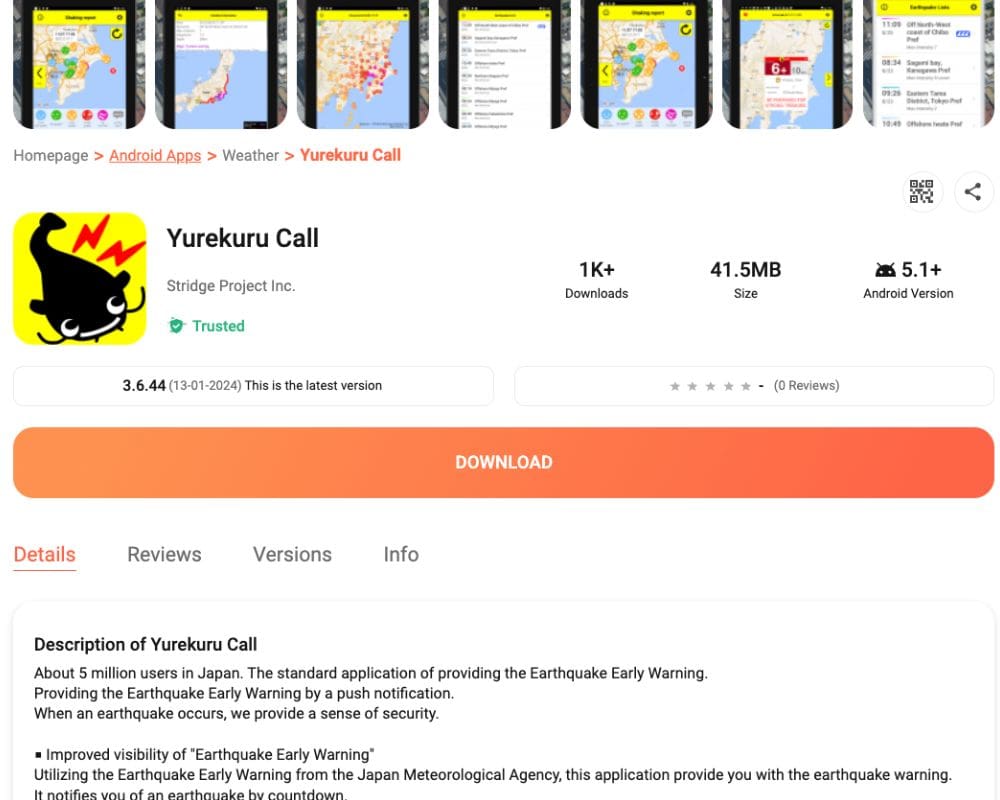

An essential app for solo travel in Tokyo is the Yurekuru Call app, especially if you’re concerned about earthquake safety.
Tokyo is located in an earthquake-prone region, and being prepared is essential. The Yurekuru Call app provides real-time earthquake alerts and information, allowing you to stay informed about seismic activity in the area.
The app offers early earthquake warnings, giving you valuable seconds to prepare. This can be crucial for personal safety, especially if you’re alone in your accommodation or out exploring the city.
Yurekuru Call provides earthquake-related information specific to Tokyo and its surrounding areas, ensuring you receive relevant alerts and updates.
25. Tipping is not a custom in Tokyo


Solo travelers in Tokyo should be aware that tipping is not a custom in Japan and can even be perceived as rude or confusing.
In Japan, exceptional service is considered the standard, and tipping implies that service quality needs to be rewarded separately. This can be offensive to service providers, as it suggests they aren’t performing their best at all times.
This says A LOT about our tipping culture in North America where service people only perform well because they are expecting to be tipped.
PService industry professionals in Japan take pride in their work and do not expect additional compensation beyond their regular salary. Plus, their salary is also high.
If you didn’t read this before your solo travel in Japan, service staff may refuse tips, and you may not know the proper way to handle such situations.
26. Pointing at people or objects is considered rude
When embarking on solo travel in Tokyo, it’s crucial to be aware that pointing at people or objects is considered rude in Japanese culture.
Pointing directly at someone can be seen as invasive and disrespectful of their personal space. Japanese culture places a strong emphasis on maintaining harmony and not causing discomfort to others.
Japanese society relies heavily on nonverbal communication, such as gestures and body language. Pointing can be seen as a lack of consideration for these subtler forms of expression.
Instead of pointing, use your entire hand or an open palm to gesture in the direction of something or someone. This is considered more polite and less intrusive.
27. Use the tray provided at cash registers to place your money when paying
When traveling solo in Tokyo, it’s beneficial to use the tray provided at cash registers when paying for your purchases.
Placing your money or credit card on the tray is a sign of respect for Japanese cultural norms. Using the tray helps maintain cleanliness and hygiene in transactions.
It prevents direct hand-to-hand contact between you and the cashier, which is particularly important in situations like flu season or during health concerns.
28. Remove your shoes in certain situations
One important cultural etiquette to observe for solo travel in Tokyo is to remove your shoes in certain situations, especially if you are staying in a ryokan.
In traditional Japanese homes and some ryokans (traditional inns), it’s customary to remove shoes before entering. This not only maintains cleanliness but also shows respect for the property and its tatami (straw mat) floors.
Some restaurants, especially traditional ones serving kaiseki (multi-course meals), may require guests to remove their shoes and wear provided slippers.
When visiting temples and shrines, you may be required to remove your shoes before entering specific areas or buildings. This is a sign of respect and reverence.
I am Asian so this is already a default for me in my own home. Just to clarify, the removal of shoes is all about hygiene and cleanliness – not some bad luck or superstitious belief. Japanese culture places a high value on cleanliness.
29. Travel insurance for solo travel in Tokyo
Do not travel to Tokyo without insurance. While it is not required in customs, you’ll never know what can happen to you! I use Ekta for comprehensive travel coverage (from 0-99 years old).





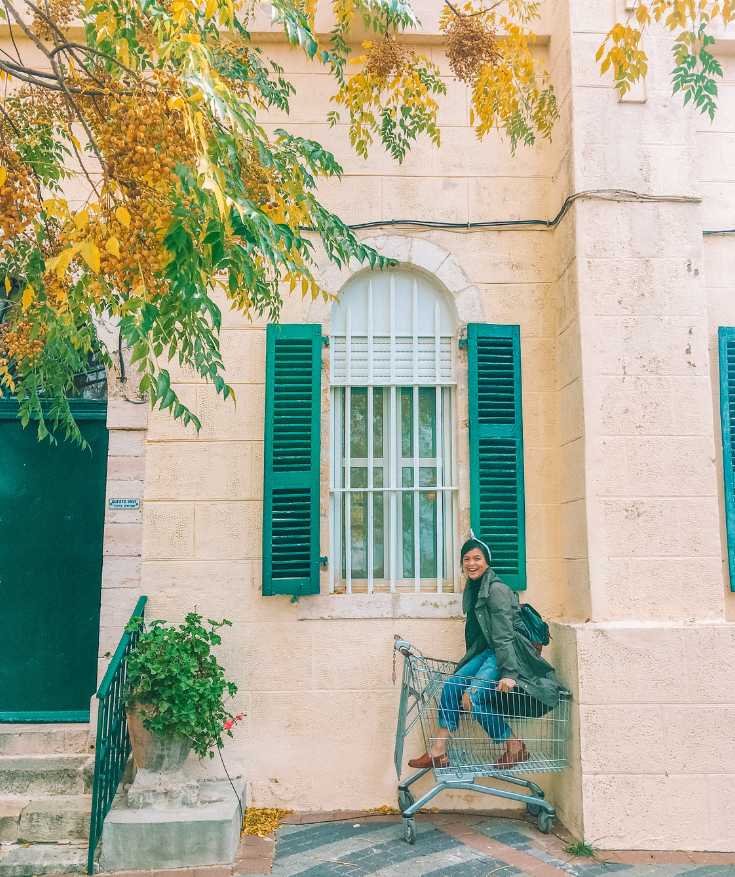

As someone who’s never been to Tokyo but is considering a solo trip, this article was a goldmine of useful tips! It’s got everything I need to feel confident about navigating the city and making the most of my adventure